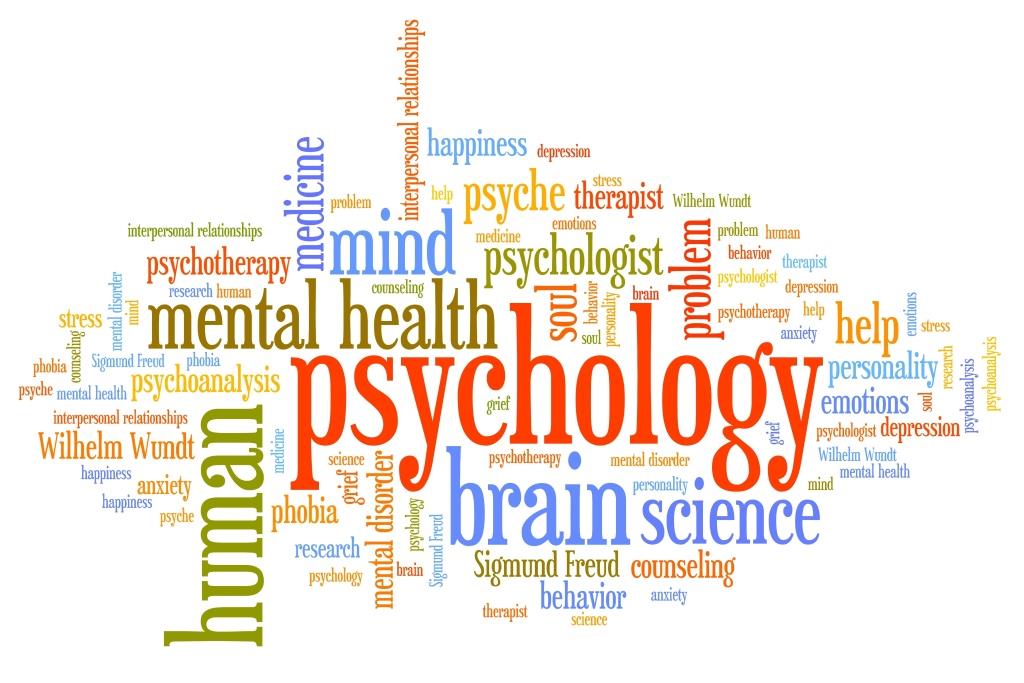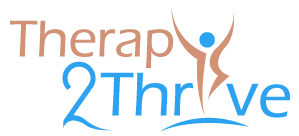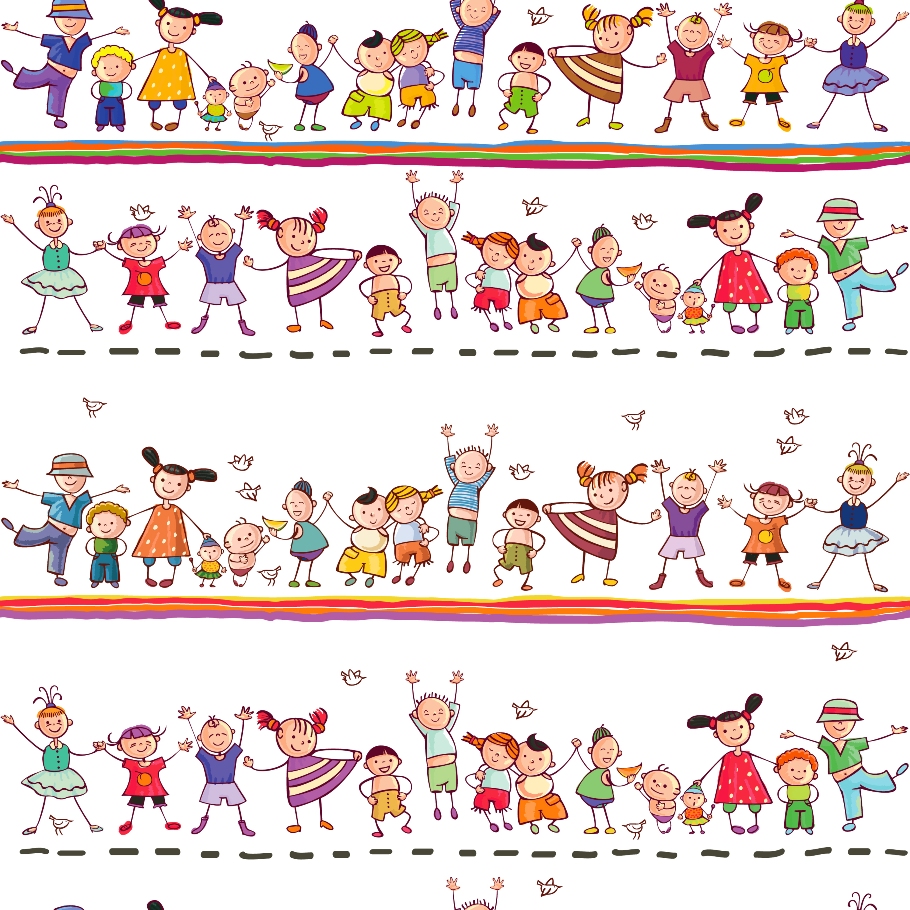Treatment Modalities
925-998-3392
Counseling Approach – Treatment Modalities
There are many approaches (also known as treatment modalities) to counseling individuals, couples, children, teens and families. Therapy2Thrive® counseling center in Pleasanton encourages clients to be informed consumers about the approaches, tools and techniques that their Therapy2Thrive® Counselor in Pleasanton may employ depending upon his or her expertise, certifications and training.
Regardless of the treatment modalities used in therapy, the therapeutic rapport between you and your Therapy2Thrive® therapist in Pleasanton is the most important ingredient of the therapeutic relationship. In this therapeutic relationship, Therapy2Thrive® wants its clients to experience their counselors as understanding, easy to talk to, empathic, warm, caring, honest and sincere. As you meet and select a Therapy2Thrive® Marriage and Family Counselor to work with on your journey, keep in mind that the relationship between you and your counselor is the key factor.
Depending on the type of service (Individual, Couple, Child, Teen, Family, the treatment modality your Therapy2Thrive® Counselor utilizes varies according to the needs of the client(s)…

In Individual Counseling, the relationship between therapist and client is primary and the treatment modality used by your Therapy2Thrive® Therapist reflects this important element.

Person-Centered…
Person-centered therapy was developed by Carl R. Rogers. This type of therapy diverged from the traditional views of the therapist as an expert and moved instead toward a non-directive approach that embodied the theory of actualizing tendency. The theory of actualizing tendency says humans have the potential to discover and realize their own personal abilities. The foundation of this method of therapy is derived from the belief that every human being strives to find their own fulfillment and the fulfillment of his or her own potential. Carl R. Rogers stated that, “Individuals have within themselves vast resources for self-understanding and for altering their self-concepts, basic attitudes, and self-directed behaviour; these resources can be tapped if a definable climate of facilitative psychological attitudes can be provided” (from Carl R. Rogers. Way of Being. Boston: Houghton Mifflin, 1980, p.115-117).
Self Psychology…
Self psychology is a modern psychoanalytic theory which was conceived by Heinz Kohut in Chicago in the 60’s, 70s and 80’s and is still developing as a contemporary form of psychoanalytic treatment. The core concept of Self Psychology is that we make every effort to understand our patients from within their own subjective experience. In some ways, it can be said that we “empathize” rather than externally “analyze.” In other words, we help patients deepen, as much as possible, their own understanding of their emotions and interpersonal situations and, if they are in relationships, help them try to understand how their own way of seeing or understanding things may interact with their friend or partner’s way of seeing things. Every effort is made to attend to the client’s reactions, and if necessary to be flexible and accommodating of the style of work that facilitates what a particular client needs. A person in a self psychological treatment learns to monitor his or her life in terms of looking for experiences that foster a sense of self-cohesion and self-esteem and, when faced with things that disrupt a sense of well-being, to have the ability to self-soothe and self-right. As a deeper understanding of the Self develops, so to does the sense of the legitimacy of one’s various needs. The by-product of this awareness is increased self-empowerment and with this sense of strength one can pursue choices one may not have ventured into before.

Cognitive Behavioral Therapy…
The term “cognitive-behavioral therapy (CBT)” is a very general term for a classification of therapies with similarities. There are several approaches to cognitive-behavioral therapy, including Rational Emotive Behavior Therapy, Rational Behavior Therapy, Rational Living Therapy, Cognitive Therapy, and Dialectic Behavior Therapy. Cognitive-behavioral therapy is based on the idea that our thoughts cause our feelings and behaviors, not external things, like people, situations, and events. The benefit of this fact is that we can change the way we think to feel / act better even if the situation does not change. The average number of sessions clients receive (across all types of problems and approaches to CBT) is only 16. What allows CBT to be briefer is its highly instructive nature and the fact that it makes use of homework assignments. Cognitive-behavioral therapists seek to learn what their clients want out of life (their goals) and then help their clients achieve those goals. The therapist’s role is to listen, teach, and encourage, while the client’s roles is to express concerns, learn, and implement that learning. Read more about CBT at the National Association for Cognitive Behavioral Therapists.
Dialectical Behavioral Therapy…
Research psychologist, Marsha Linehan, while conducting research at the University of Washington in the early 1990’s, originally developed dialectical Behavior Therapy or DBT. Dialectical Behavior Therapy (DBT) is a cognitive-behavioral treatment approach with two key characteristics: a behavioral, problem-solving focus blended with acceptance-based strategies, and an emphasis on dialectical processes. “Dialectical” refers to the issues involved in treating clients with multiple disorders and to the type of thought processes and behavioral styles used in the treatment strategies. DBT has five components: (1) capability enhancement (skills training); (2) motivational enhancement (individual behavioral treatment plans); (3) generalization (access to therapist outside clinical setting, homework, and inclusion of family in treatment); (4) structuring of the environment (programmatic emphasis on reinforcement of adaptive behaviors); and (5) capability and motivational enhancement of therapists (therapist team consultation group). DBT emphasizes balancing behavioral change, problem-solving, and emotional regulation with validation, mindfulness, and acceptance of the client by the DBT therapist.

Emotional Freedom Technique…
Assists individuals in the treatment if anxiety, depression, trauma and substance use issues.
EFT is an emotional version of acupuncture, except there is no use of needles. Instead, the client is taught to use a simple two pronged process wherein they:
- Mentally “tune in” to specific issues while…
- Stimulating certain meridian points on the body by tapping on them with our fingertips.
Read more about Emotional Freedom Technique: http://www.emofree.com
Couples Counseling
Couples Counseling is a form of family counseling that involves the partners of the family. It can include married partners, committed partners or those exploring toward moving into a more committed relationship. The goal of couple’s therapy is to assist couples in developing strategies to deepen their connections through developing an understanding of one another. These are the two primary research based methods that Therapy2Thrive® Counseling Center in Pleasanton utilizes to assist couples. Information on the Gottman Method is also located in the “Our Approach” section of the Therapy2Thrive® website.
Gottman Method Couples Therapy…
Gottman Method Couples Therapy combines the knowledge and wisdom of more than three decades of Gottman research and clinical practice. Through research-based interventions and exercises, it helps couples break through barriers to achieve greater understanding, connection and intimacy in their relationships. Gottman Method Couples Therapy is a structured, goal-oriented, scientifically-based therapy. Intervention strategies are based upon empirical data from Dr. John Gottman’s three decades of research with more than 3,000 couples. This research shows us what actually works to help couples achieve a long-term healthy relationship. Read more about the Gottman method on their website.
Family Counseling
In Family Counseling and many times in Teen Counseling, the treatment modality used by your Therapy2Thrive® Therapist regards the family, as a whole, as the unit of treatment regardless of whether all family members are or are not present in the counseling sessions. The therapeutic focus emphasizes the relationships and communication patterns between family members rather than on the symptoms of the individual members. The therapist may make occasional comments or remarks intended to help family members become more conscious of patterns or structures that were previously taken for granted but do not take sides with specific members. Family Therapy is usually time-limited and designed to address a challenging situations a family is struggling to weather through on their own.
Structural Family Therapy…
Structural Family Therapy is a strength-based, outcome oriented treatment modality based on ecosystemic principles:
Context organizes us. Our behaviors are a function of our relations with others. The Structural Therapist focuses on what is taking place among people, rather than on individual psyches.
The family is the primary context, the “matrix of identity” where we develop ourselves as we interact with spouses, parents, children, and other family members. The family is in constant transformation, adapting to an ever changing social environment.
The family’s structure consists of recurrent patterns of interaction that its members develop over time, as they accommodate to each other.
A well-functioning family is not defined by the absence of stress or conflict, but by how effectively it handles them as it responds to the developing needs of its members and the changing conditions in its environment.
The job of the structural family therapist is to locate and mobilize underutilized strengths, helping the family outgrow constraining patterns of interaction that impede the actualization of its own resources.
Family Play Therapy…
Family Play Therapy is an integrated model of systems theory with therapeutic play. Family Play Therapy focuses on healing dysfunctional patterns of interaction in the family with the use of play. Its focus is on relational and interactional patterns that may be supporting or reinforcing unwanted behaviors in families.
Brief Strategic Family Therapy…
BSFT considers adolescent symptomatology to be rooted in maladaptive family interactions, inappropriate family alliances, overly rigid or permeable family boundaries, and parents’ tendency to believe that a single individual (usually the adolescent) is responsible for the family’s troubles. BSFT operates according to the assumption that transforming how the family functions will help improve the teen’s presenting problem. BSFT’s therapeutic techniques fall into three categories: joining, diagnosing, and restructuring. The therapist initially “joins” the family by encouraging family members to behave in their normal fashion. The therapist then diagnoses repetitive patterns of family interactions. Restructuring refers to the change-producing strategies that the therapist uses to promote new, more adaptive patterns of interaction.
Solution Focused Brief Family Therapy…
Developed out of brief family therapy, SFBT uses language and social interactions to construct new psychological meanings and behaviors. It emphasizes what the client wants to achieve through therapy rather than the client’s problems and failings in the past. Based on the notion that individuals know their situation best and are capable of generating their own solutions, SFBT aims to build on the client’s resources, strengths, and motivation. SFBT has been used with adolescents and adults in a variety of settings.
Evolving Structural-Strategic Family Therapy…
Evolving Structural-Strategic Family Therapy provides a four-step treatment approach that is a clear roadmap for working with families. ESSFT utilizes theories and techniques from Structural Family Therapy, Strategic Family Therapy, Behavioral Family Therapy, Attachment Based Family Therapy, Neuroscience, Cognitive Behavioral Therapy, and Dialectical Behavioral Therapy.
Therapy2Thrive® brings Hope for Healing
Our counselors at Therapy2Thrive® provide compassionate, practical, and evidenced based practices to assist you in the therapeutic process to meet your goals and find hope to heal the challenges you are facing.










